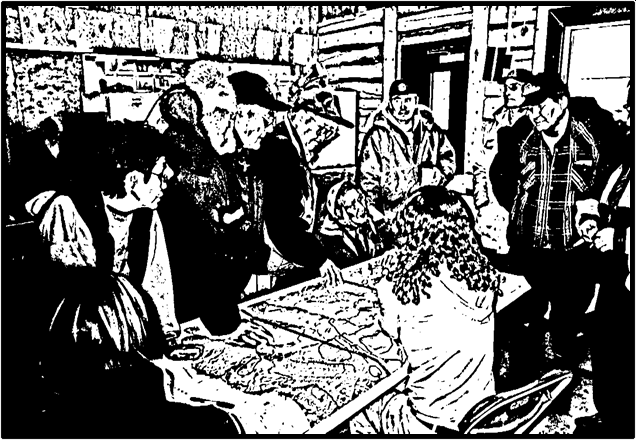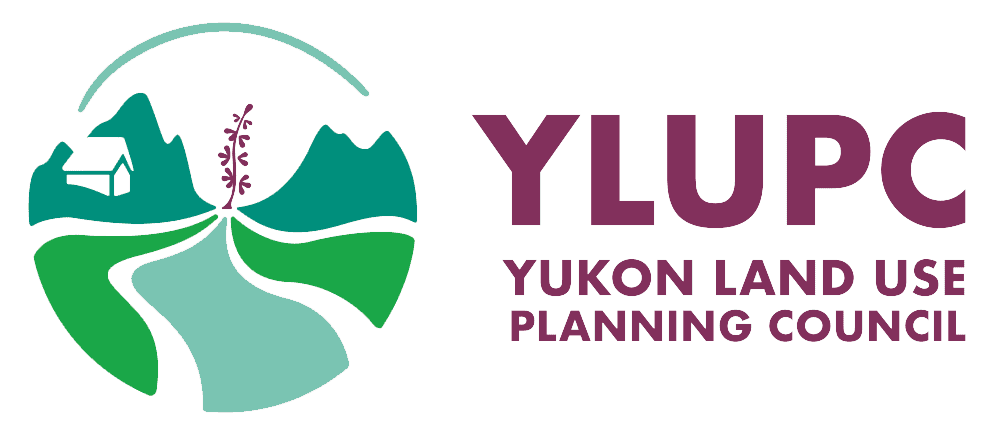
Cultural Heritage Workshop, 2006
The Council is currently exploring ways to meaningfully weave Indigenous planning concepts and traditional knowledge throughout regional land use planning processes. This work strives to uphold the objectives of Chapter 11 “recognizing and promoting the cultural values of Yukon First Nations” and “Utilizing the knowledge and experience of Yukon First Nations to achieve effective land use planning.”
In support of this effort, the Council contracted Planner Gillian McKee to do a literary review of the use of traditional knowledge in northern regional land use plans. The nine plans examined were:
Northwest Territories
- Sahtu Land Use Plan (SLUP);
- Ndėh Ts’edįįchà: Dehcho Ndéh T’áh Ats’et’î K’eh Eghálats’ênda Respect for the Land: The Dehcho Land Use Plan (DCLUP);
- Nành’ Geenjit Gwitr’it T’igwaa’in (Working For the Land). Gwich’in Land Use Plan (GLUP).
- Tłįcho Wenek’e – Tłįcho Land Use Plan (TLUP);
Nunavut
- Nunavut Land Use Plan (NLUP);
- North Baffin Land Use Plan (NBLUP);
Northern British Columbia
- Wóoshtin wudidaa Atlin Taku Land Use Plan (ATLUP);
Yukon
- Peel Watershed Regional Land Use Plan (PWLUP);
- North Yukon Regional Land Use Plan. Nichih Gwanał’in – Looking Forward (NYLUP).
The review showed that the Yukon plans do not reflect traditional knowledge to the same extent as the other seven northern plans. Even though requirements in the Final Agreements are clear and both Yukon Commissions worked closely with communities, the plans themselves do not portray to the extent of other plans Indigenous worldviews, values, and knowledge. This project provided some insights on why that may be and how the Yukon Final Agreements and the collective northern experience with planning provide opportunities to improve Yukon’s regional planning processes.
A summary of the report is available here and the full report is available here.
